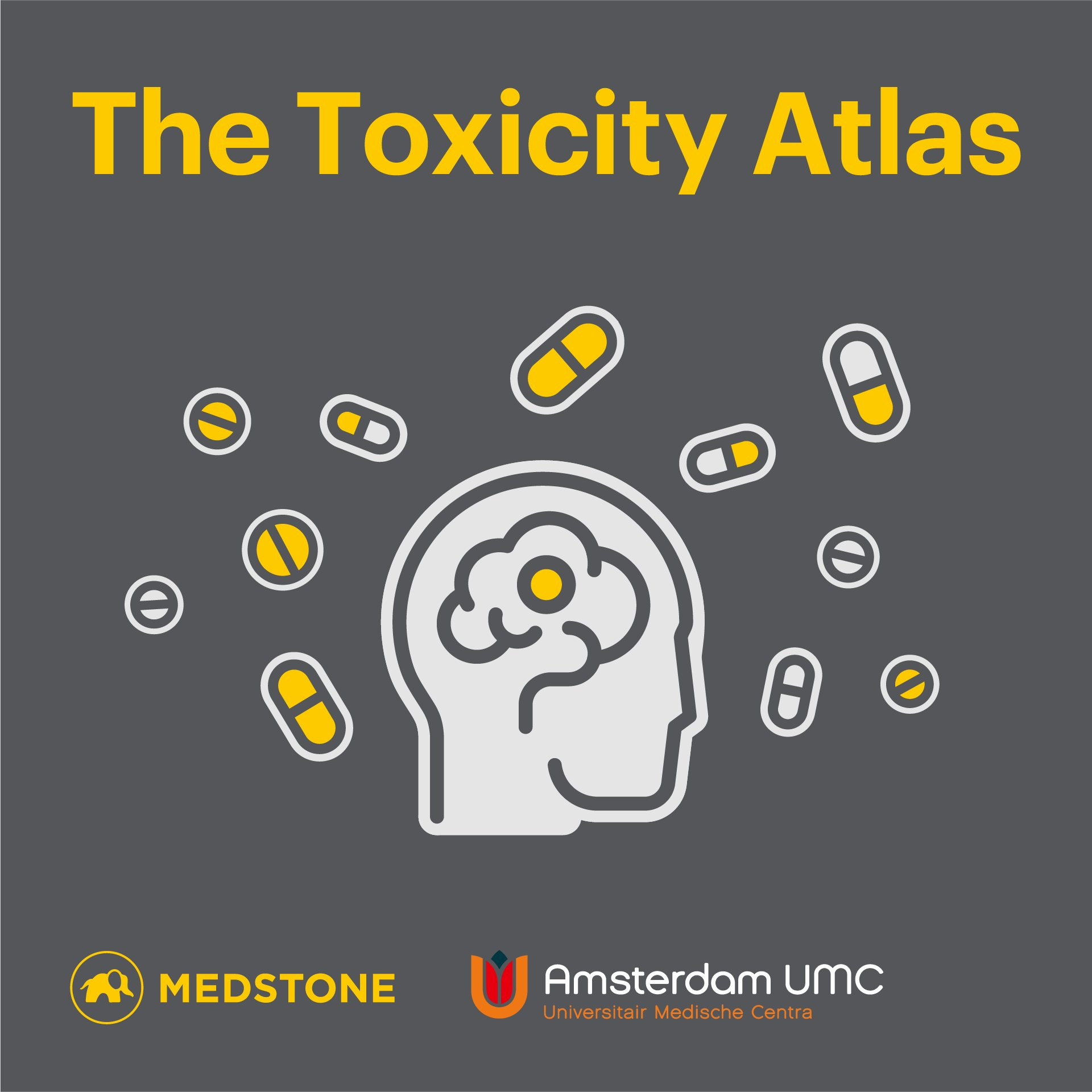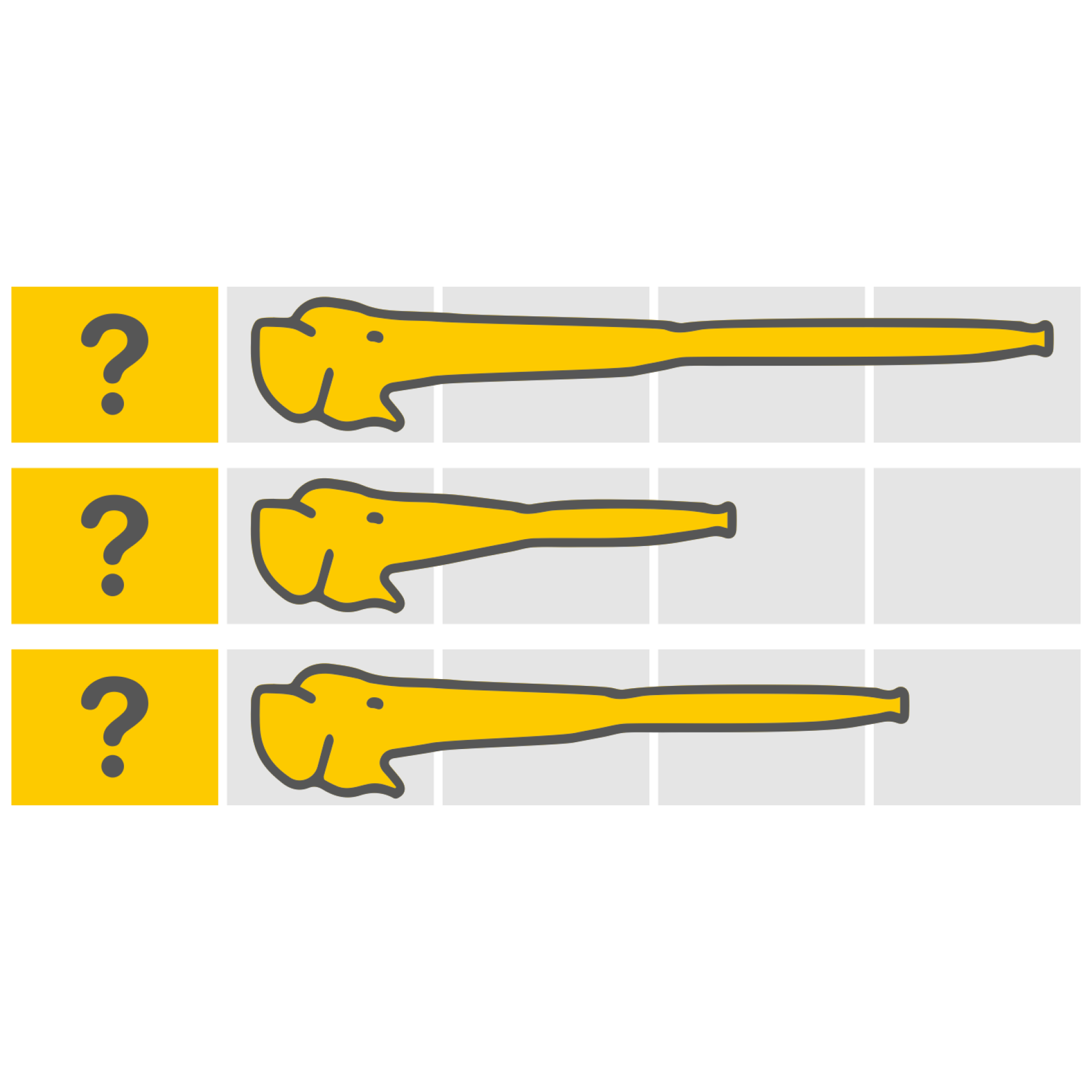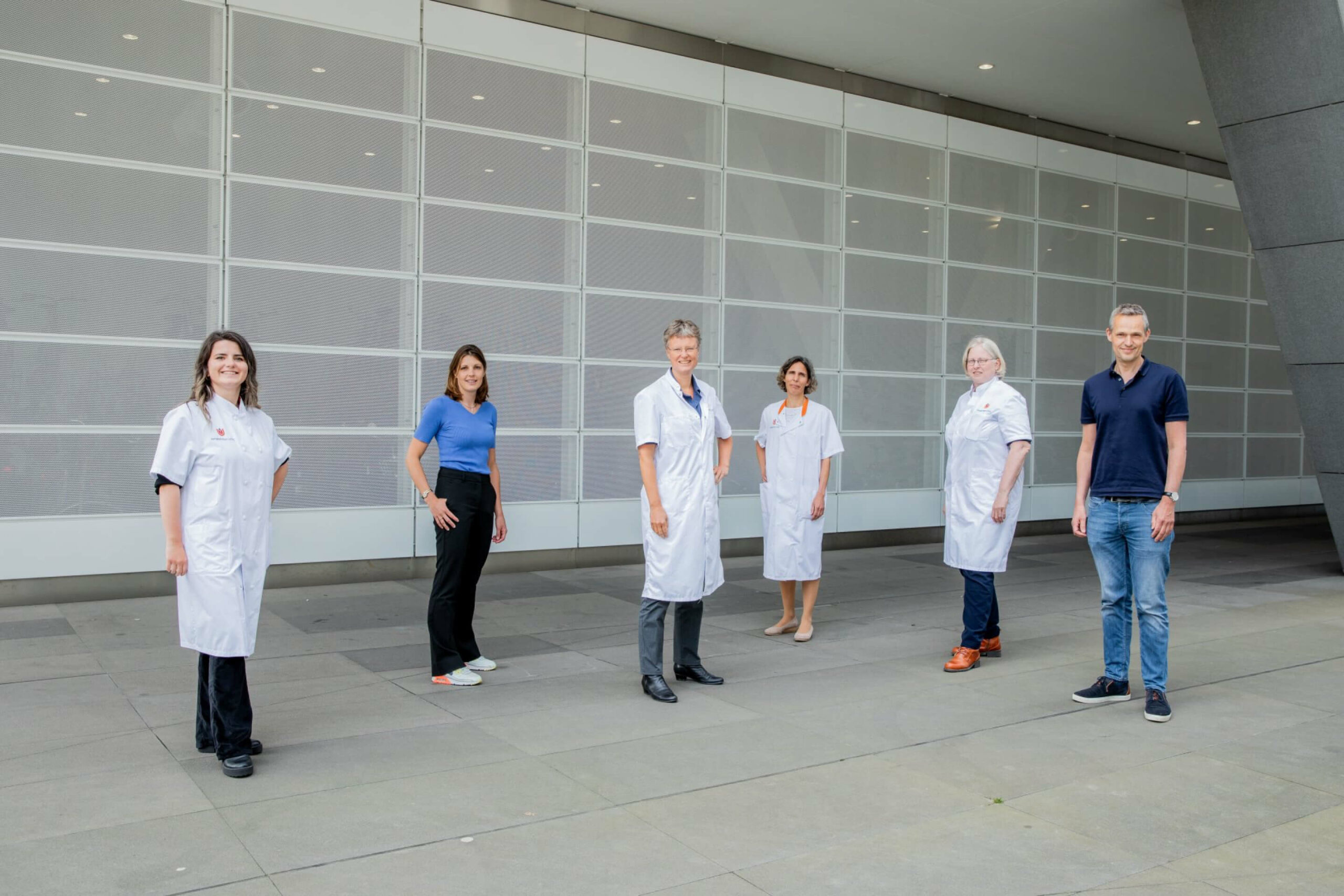What’s the best way to treat cancer? How do we make sure patients suffer from as few side effects as possible? And can we use artificial intelligence (AI) in treating cancer patients? These and other questions are what healthcare professionals, patients and their families are concerned with on a daily basis. The answers? We haven’t quite found them yet. During my PhD research titled ‘The Toxicity Atlas’, I am trying to answer these questions.
A short introduction
When I was a doctor in the neurology department, I got to experience first-hand how a patient’s life can be drastically changed when diagnosed with glioblastoma, a very aggressive form of brain cancer. There is a great demand for new therapy options for these patients, as currently, the prognosis is very bad. Fifteen months after being diagnosed with glioblastoma, only half of the patients are still alive.
After seeing the impact this diagnosis can have on a patient’s life, I knew I wanted to do more research on treatment options for this type of brain cancer. Within the Toxicity Atlas project, I am concerned with identifying various medicine combinations and their side effects (also known as ‘toxicities’). Because when researching a disease like cancer, it’s not only important to look into the effectiveness of a drug to treat the disease, but also look at how a treatment affects a patient’s quality of life. Supervised by the neuro-oncology department of the Cancer Center Amsterdam (Amsterdam UMC) and in collaboration with Medstone, I am currently trying to map various medicine combinations.
Endless possibilities
The reason why I’m looking into medicine combinations specifically, is because cancer cells tend to develop resistance to treatment at one point or another. We try to prevent these cells to develop resistance by combining medicines, for example by administering two medicines simultaneously or consecutively. When combining medicines, we’re always on the lookout for synergy – where the combination of medicines works better than the sum of its parts. If medicines can work together synergistically, we can hopefully lower the dose for one or both medicines, resulting in fewer or less severe side effects for the patient. This way, we hope to find better treatment options that are both effective in treating the tumor and as non-toxic for the patiënt as possible.
But how do we know which medicines will work together synergistically? There are so many individual medicines for cancer, that the combination possibilities are endless… It’s impossible to research all of these combinations in the lab. Just imagine the amount of time, money, lab animals and trial volunteers you would need. And on top of that: not every patient will react similarly to the same treatment.
Within this research project, we’re developing various methods using artificial intelligence to predict which medicine combinations might be viable for a patient. To do this, we use an enormous amount of data, such as a medicine’s chemical characteristics, genetic mutations in various types of cancer, results from previous medicine experiments, and scientific articles. By taking all of this data into account in our predictions, we are able to determine which medicine combinations are likely to work, and which are not. This way, we can make a selection of combinations that may be of interest to continue researching in the lab.
Structure and nuance
More and more databases are becoming available that we can use in making our predictions. A lot of these databases contain a lot of information, properly structured according to their own categories. But structuring data in categories also means losing some of its nuances. It’s easy to select data according to a patient’s age or medicine doses, but what if you want to, say, create a database of side effects? Pain is described subjectively and differently by every patient and doctor. How would you categorise thousands of data points in a clear and structured manner, without losing that important nuance? In this research project, we hope to be able to find a way to extract exactly these nuances from scientific articles. So we can combine the nuances with the structured existing databases. This combination of information can then be used for our predictions, making them as accurate as possible.
On top of those nuances, we also find new information in scientific articles. Information that hasn’t been captured in the databases yet. So how do we capture that information? You could try to stay up to date with the latest findings by reading every new article that is published. The amount of published articles every day, however, is way too high to keep up with if you’re just a human being with 24 hours in a day. Medstone developed an algorithm that can help us with going through all of this published data. Their artificial intelligence technology is able to automatically scan and analyse medical scientific articles, selecting relevant data and structuring it in a way that we can use for our prediction models. Sounds complicated? Well, it is! But you can learn more about how this is done in previous blog posts about two artificial intelligence methods that Medstone uses: named entity recognition and semantic dependency parsing.
A tool for every researcher or oncologist
My PhD research will take four years to finish. In those four years, I hope to contribute to better treatment options for patients with glioblastoma. I probably won’t be able to find the magic cure for cancer. But my hope is that at the end of this research project, I’ll be able to present an AI application that can help every researcher or doctor in writing research proposals or making treatment choices for their patients.
Would you like to stay updated on my PhD research? We’ll post updates on our websites regularly, so make sure to check it every once in a while! Or follow us on LinkedIn and never miss an update. If you have any questions about my research or any of the methods we use, please don’t hesitate to contact us.
This blog post was previously published on medstone.com



